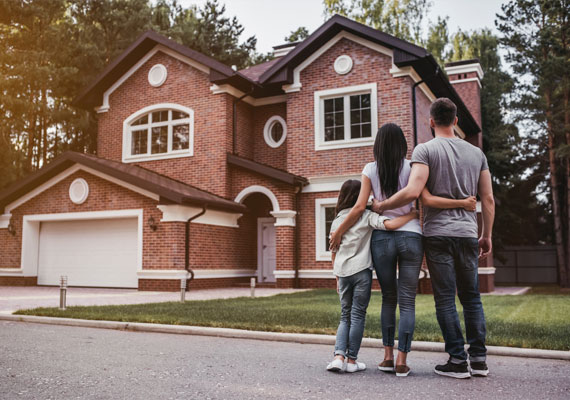AirKrete Composition
Properties
— Thermal insulation: AirKrete has a low thermal conductivity coefficient (about 0.035–0.04 W/m K), which makes it an effective insulator.
— Sound insulation: The material has good acoustic properties, reducing noise levels.
— Fire resistance: AirKrete is a non-flammable material, withstands high temperatures and does not emit toxic gases when heated.
— Moisture resistance: The material is resistant to moisture, does not absorb water and does not contribute to the formation of mold or mildew.
— Durability: AirKrete does not settle or lose its properties over time.

Application
- AirKrete is used for insulation of walls, ceilings, attics, basements and other structures. - Suitable for new buildings and reconstruction of old ones. - Can be used in wooden, frame and stone houses.
Installation
- AirKrete is applied using special equipment that mixes the components and pumps the foam into the cavities. - The foam fills all the voids, creating a seamless layer of insulation. - After hardening, the material becomes durable and resistant to deformation.
Advantages
- Environmentally friendly and safe for health. - High energy efficiency. - Resistance to fire, moisture and mold. - Long service life without loss of properties. - Versatility of application.
Flaws
- Requires professional installation equipment. - High initial cost compared to some traditional insulation materials. - Not suitable for self-installation.
Environmental aspects

Comparison with other insulation materials
- Polyurethanefoam
- Мineral wool
- Styrofoam
Unlike polyurethane foam, AirKrete does not emit harmful substances and is more environmentally friendly.
Compared to mineral wool, AirKrete does not settle or lose its properties over time.
Unlike foam, AirKrete is non-flammable and more resistant to moisture.
